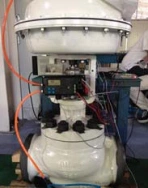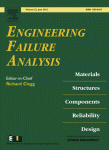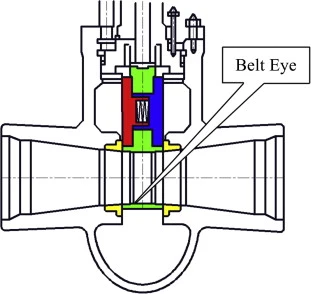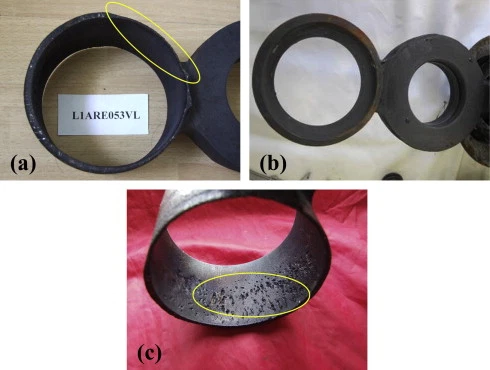 This work takes inspiration from an industrial problem: a company that assembles valve components, supplied by different manufacturers, observed a high level of defect rate, affecting its valve production. An integrated approach, consisting in the adoption of quality charts, in an experimental campaign for the dimensional analysis of the mating parts and in the statistical processing of the data, was necessary to tackle the question.
This work takes inspiration from an industrial problem: a company that assembles valve components, supplied by different manufacturers, observed a high level of defect rate, affecting its valve production. An integrated approach, consisting in the adoption of quality charts, in an experimental campaign for the dimensional analysis of the mating parts and in the statistical processing of the data, was necessary to tackle the question.
Archives du mot-clef Valve failures
Actuator Fault Diagnosis Based on the Valve Friction
 Control valve (actuator) is the frequently moving terminal Instrument of the control system. To avoid the leaking of the actuator, there is packing at the moving parts. However, the friction caused by the packing can do harm to the control of the system. The washing effect of the media, high temperature, high pressure, frequent movement and other effects can result in the leaking of the packing and the deformation of the valve stem, which causes the change of the friction. In this paper, published in Sensors & Transducers, Vol. 177, Issue 8, August 2014, it’s theoretically analyzed the relationship of the friction of the packing and the static performance of the control valve, and offered a method to check the quality of the moving parts by attaching a strain gage (strain rosette) to the empty part of the valve stem. This method has been demonstrated via experiment and a method to do error detection is provided at last. Paper published by http://www.sensorsportal.com/.
Control valve (actuator) is the frequently moving terminal Instrument of the control system. To avoid the leaking of the actuator, there is packing at the moving parts. However, the friction caused by the packing can do harm to the control of the system. The washing effect of the media, high temperature, high pressure, frequent movement and other effects can result in the leaking of the packing and the deformation of the valve stem, which causes the change of the friction. In this paper, published in Sensors & Transducers, Vol. 177, Issue 8, August 2014, it’s theoretically analyzed the relationship of the friction of the packing and the static performance of the control valve, and offered a method to check the quality of the moving parts by attaching a strain gage (strain rosette) to the empty part of the valve stem. This method has been demonstrated via experiment and a method to do error detection is provided at last. Paper published by http://www.sensorsportal.com/.
Analyse de défaillance d’une vanne à tiroir de centrale nucléaire
Présentation d’un cas d’analyse de défaillance d’une vanne à tiroir de centrale nucléaire publié par la revue « Engeneering Failure Analysis ».
Il s’agit de l’étude d’une vanne à tiroir dont le « BeltEye » est défaillant bien avant qu’il est atteint sa durée de vie prévue. Le processus de ruine s’est avéré être de la corrosion-érosion-cavitation. Ce n’est pas la forme en venturi qui en est responsable mais le décalage entre le réducteur et le « Belt Eye » qui a provoqué l’érosion-cavitation. La cavitation a amplifié la corrosion accélérée par l’écoulement (FAC).




